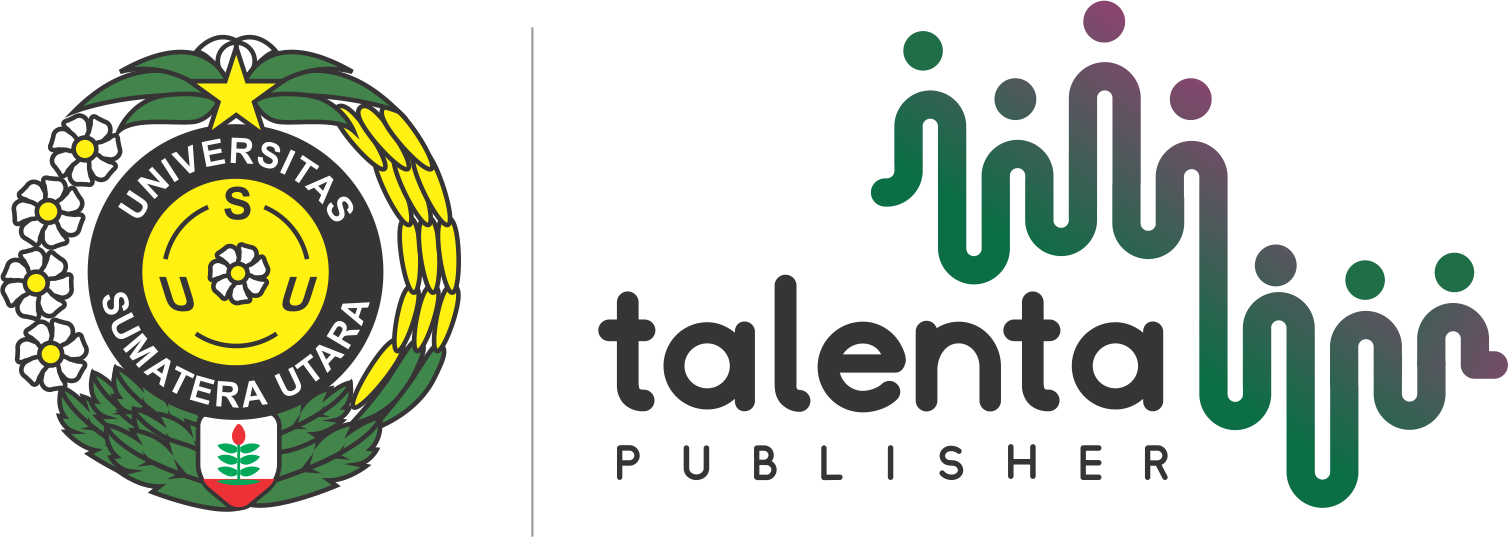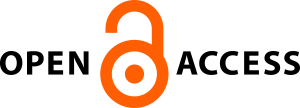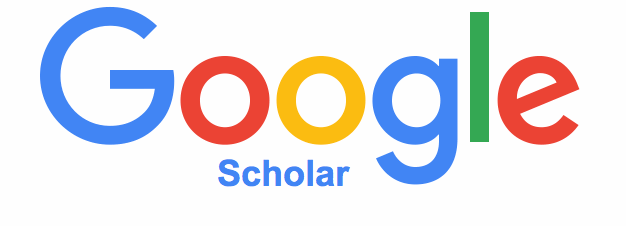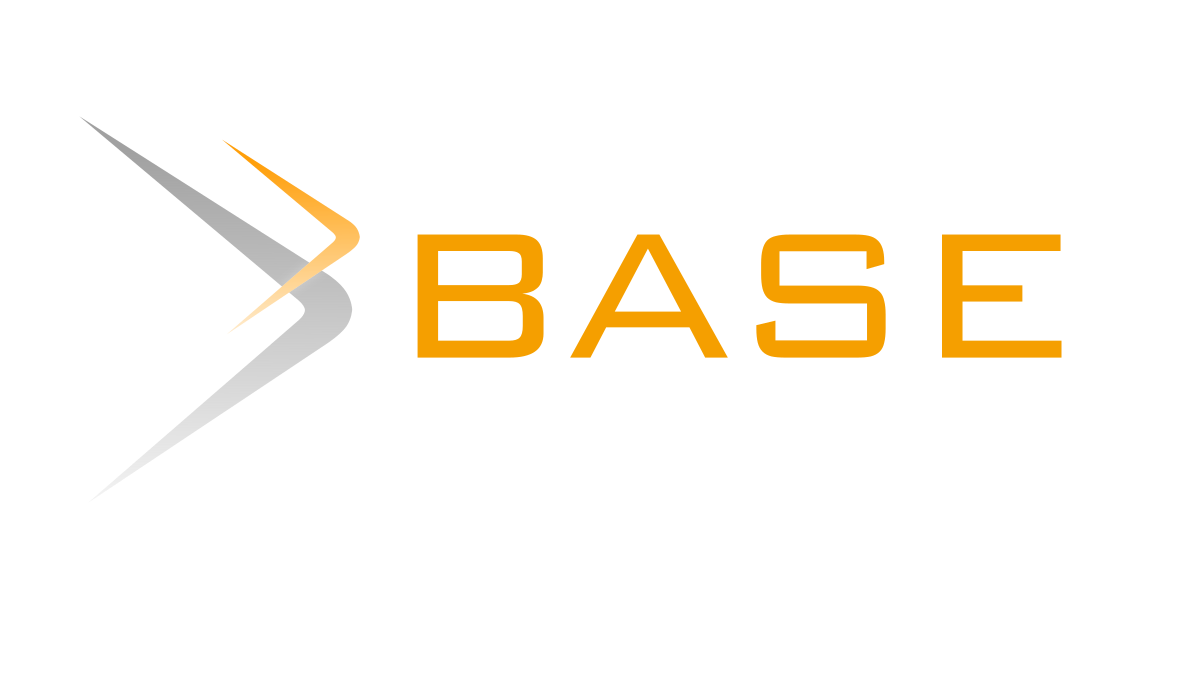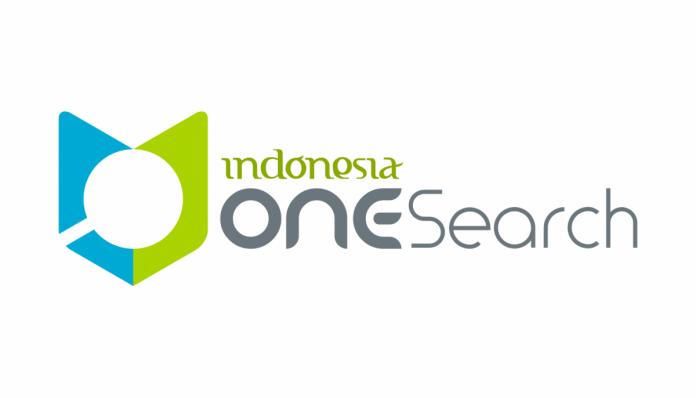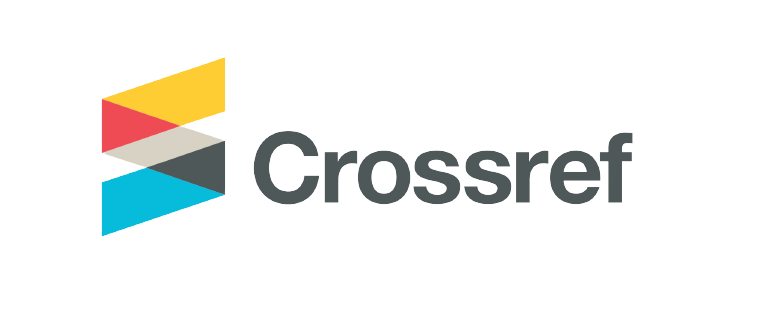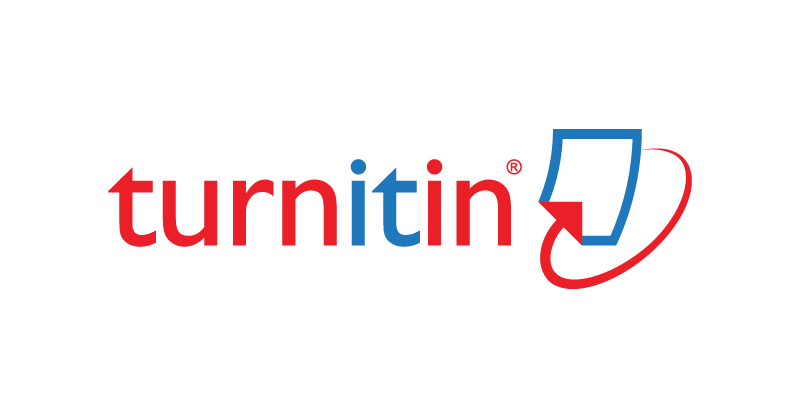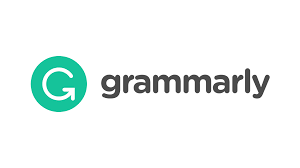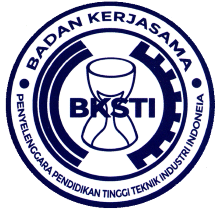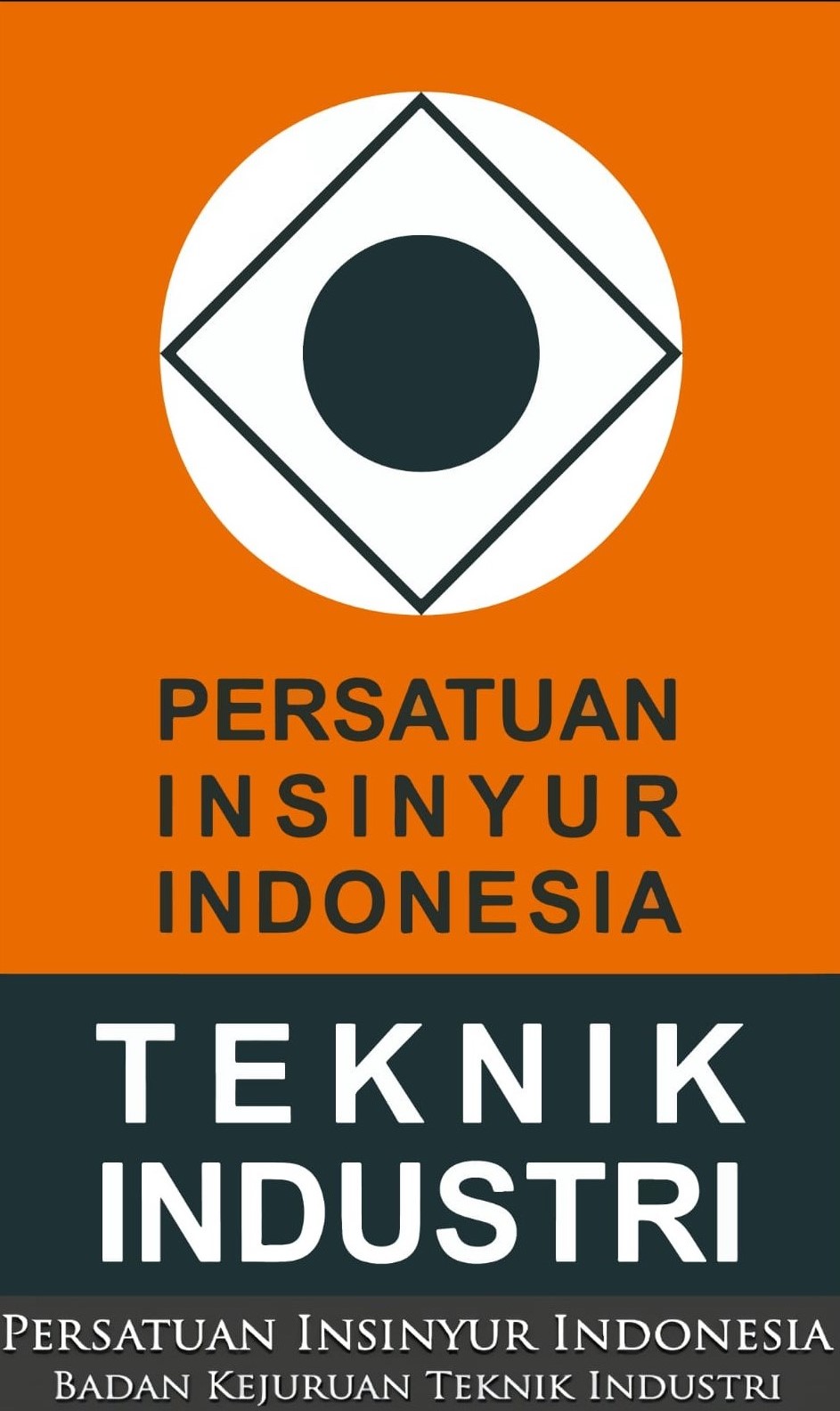Author Guidelines
Important Notice for Authors
We kindly remind all authors to thoroughly complete the article metadata before submission, including accurate author details (full name, affiliation, and email) and separate keywords to maximize visibility in search engines. Ensuring comprehensive and accurate metadata enhances indexing quality and the accessibility of your article. Thank you for your attention and cooperation.
Writing Format
Manuscript in MS Word must be submitted to Jurnal Sistem Teknik Industri through the Online Submission System by accessing the Jurnal Sistem Teknik Industri portal (https://talenta.usu.ac.id/jsti). The length of the manuscript is expected not to exceed 25 printed pages (1.5 line spacing) including abstract, figures, tables, and references.
Important: The manuscript must strictly follow the template provided by the journal, which can be downloaded from the submission portal. All formatting, including font type, size, line spacing, margins, and reference style, should conform to the guidelines outlined in the template. Authors should ensure that their manuscript matches the format of the template exactly to avoid delays or rejection during the review process.
The abstract must describe the significant points of the manuscript, including the aims of the paper, methods, results, and conclusion, within 100-250 words. Authors should also provide 5-10 keywords or phrases that characterize the manuscript.
The manuscript is written in English and uses the SI system (Système International d'Unités) for measurements and units. The manuscript body should be written with Times New Roman font size 11 pt, with 1.5 (one and a half) line spacing between lines, 12 pt spacing among paragraphs, 24 pt spacing for the next heading, and formatted for A4 paper (210 mm x 297 mm) with the following margins: upper margin of 1.75 cm, lower margin 1.55 cm, and left and right margins of 3 cm each.
The references should be numbered consecutively in the order of their appearance and must be complete, including the author’s initials, the title of the paper, the date, page numbers, and the name of the sponsoring society. Please refer to the template for the correct reference format, as shown in the examples below.
Ensure that figures and tables are sized appropriately so that all information in them is legible. For all equations, use either Microsoft Equation Editor or the MathType add-on. Equations must be numbered consecutively in parentheses, e.g., (1), and set at the right margin.
Note: Failure to adhere to the template may result in delays or rejection of your submission. Always verify that your manuscript conforms to the template format before submission.
- Manuscript template in MS Word, starting from July 2024 volume onwards, can be downloaded here.
----------------------------------------------------------------------------------------------------------------------------------------------------------
The Title of The Manuscript
The title of the article should be brief and clear as well as informative. It represents the contens of the research article which will be discussed, where it does not contain any uncommon abbreviation. It should not exceed 12 words in English, 18pt-sized font, with the bold selection, Times New Roman, and capitalize each words of the title.
How to Write the Name, and the Author Affiliation
The author name should be written without an academic degree. If the author name consists of at least two words, the last name should not be shorted (to avoid miss citation). If there is more than one author, the author names should be written separately by a comma (,). If the author names are only one word, it should be written as it is. The name of author should be written in 13.5pt-sized font, with the bold and italic selection as well as the left text format. The style of the author's name has been provided in MS Word Style (J.Author).
The author's affiliation should be written by providing the name of the department, faculty and university. It is written by 10pt-sized font and italic selection. You can use the style of the author's affiliation which is provided in MS Word Style (J.Affiliation). The address written in the footer of the first page is the address of the author's affiliation by providing the street address, the postal code, the province, the city, and the country.
We kindly remind all authors to ensure that the corresponding author is correctly designated, with accurate contact details (full name, affiliation, and email). This is essential for effective communication throughout the review and publication process. Thank you for your attention and cooperation.
Abstract and Keywords
An abstract should stand alone, means that no citation in the abstract. The abstract is like an advertisement which should tell the prospective reader what you did and highlight the key findings. Avoid using technical jargon and uncommon abbreviations. You must be accurate, brief, clear and specific. Use words which reflect the precise meaning. The abstract should be precise and honest. Use 10pt-sized Times New Roman for the abstract body with single spacing and 10pt spacing for the next heading. Left indent is 2 cm and right indent is 0 cm. Please follow word limitations (150 200 words).
Keywords are the labels of your manuscript and critical to correct indexing and searching. Therefore the keywords should represent the content and highlight of your article. Use only those abbreviations that are firmly established in the field. Each keyword is written by 10pt-sized font and write alphabetically in 5-10 words and separated by a semicolon (;).
Introduction
Before the objective, authors should provide an adequate background, and very short literature review (state of the art) in order to record the existing solutions/method, to show which is the best of previous research, to show the main limitation of the previous research, to show what do you hope to achieve (to solve the limitation), and to show the scientific merit or novelties of the paper. Avoid a detailed literature review (state of the art) or a summary of the results. Do not describeliterature review (state of the art) as author by author, but should be presented as the group per method or topic reviewed which refers to some literature. Then, authors should state the objectives of the work at the end of introduction section.
Example of novelty statement or the gap analysis statement at the end of Introduction section (after state of the art of previous research survey): ........ (short summary of background)....... A few researchers focused on ....... There have been limited studies concerned on ........ Therefore, this research intends to ................. The objectives of this research are ..........
Research Method
The research method describes the stages of research/development undertaken to achieve the objectives/outputs of research. Each stage is briefly described (eg each step in a paragraph). Also inform the materials/platforms used in the study, including the subjects/materials, the tools/software used, the design or experiment used, the sampling technique, the test plan (the variable to be measured and the data retrieval technique), analysis and statistical model used. Provide enough detail to allow the work to be reproduced. The published method should be indicated by reference: only relevant modifications should be explained. Do not repeat details of existing methods, just refer it from the literature.
Results and Discussion
This part consists of the research results and how they are discussed clearly. The results obtained from the research have to be supported by sufficient data. The research results and the discovery must be the answers or the research hypothesis stated previously in the introduction part. Please highlight differences between your results or findings and the previous publications by other researchers. The discussion should explore the significance of the results of the work, not repeat them.
The following components should be covered in discussion: How do your results relate to the original question or objectives outlined in the Introduction section (what/how)? Do you provide interpretation scientifically for each of your results or findings presented (why)? Are your results consistent with what other investigators have reported (what else)? Or are there any differences?
Conclusion and Future Research
The conclusions will be the answers of the hypothesis, the research purposes and the research discoveries. Tells how your work advances the field from the present state of knowledge. Without clear Conclusions, reviewers and readers will find it difficult to judge the work, and whether or not it merits publication in the journal. Do not repeat the Abstract, or just list experimental results. You should also suggest future experiments and/or point out those that are underway.
Acknowledgments (Optional)
Recognize those who helped in the research, especially funding supporter of your research. Include individuals who have assisted you in your study: Advisors, Financial supporters, or may another supporter, i.e. Proofreaders, Typists, and Suppliers, who may have given materials. Do not acknowledge one of the authors' names.
References
All references referred to in the article text must be listed in the References section. The references shall contain at least 20 references from 80% of primary sources (scientific journals, conference proceedings, research reference books) which are published within 10 (ten) year.
IEEE (Institute of Electrical and Electronics Engineers) reference style is required. Citations in the text should specify the source by covering the author's last name and the reference number. Please ensure that every reference cited in the text is also present in the reference list (and vice versa). Avoid citation in the abstract. Unpublished results and personal communications should not be in the reference list. Citation of a reference as 'in press' implies that the item has been accepted for publication. The references should be arranged numerically, in the order they are cited in the text. The format for references should be as follows:
(i) Last name of the author, followed by a comma,
(ii) First name and second name (if applicable), followed by a period,
(iii) Year of publication in parentheses, followed by a period,
(iv) Title of the book, article, or webpage in italics, followed by a period,
(v) Place of publication (for books) or journal name (for articles), followed by a colon (if applicable),
(vi) Name of the publisher or URL (for websites), followed by a period.
Using Mendeley Reference Manager:
To ensure proper citation and referencing, Mendeley Reference Manager is highly recommended. Mendeley is a powerful tool that helps you manage and organize your references with ease. It allows you to create citations in IEEE format (among others), automatically formatting your references according to the selected style. When citing sources in your document, you can use the "Cite As You Write" feature to insert references directly from your Mendeley library into your text.
Examples:
Books:
[1] E. Bickman, Research Methodology, New York: Macmillan Inc., 2010.
[2] J. A. Mitchell, M. Thomson, and R. P. Coyne, A Guide to Citation, London, England: My Publisher, 2017.
Websites:
[3] J. A. Mitchell, M. Thomson, and R. P. Coyne, A Guide to Citation. (2017, Oct. 17). Mendeley. [Online]. Available: https://www.mendeley.com/reference-management/reference-manager.
Journals:
[4] J. A. Mitchell, "Citation: Why is it so important," Mendeley Journal, vol. 67, no. 2, pp. 81-95, 2017. [Online]. Available: https://www.mendeley.com/reference-management/reference-manager.

